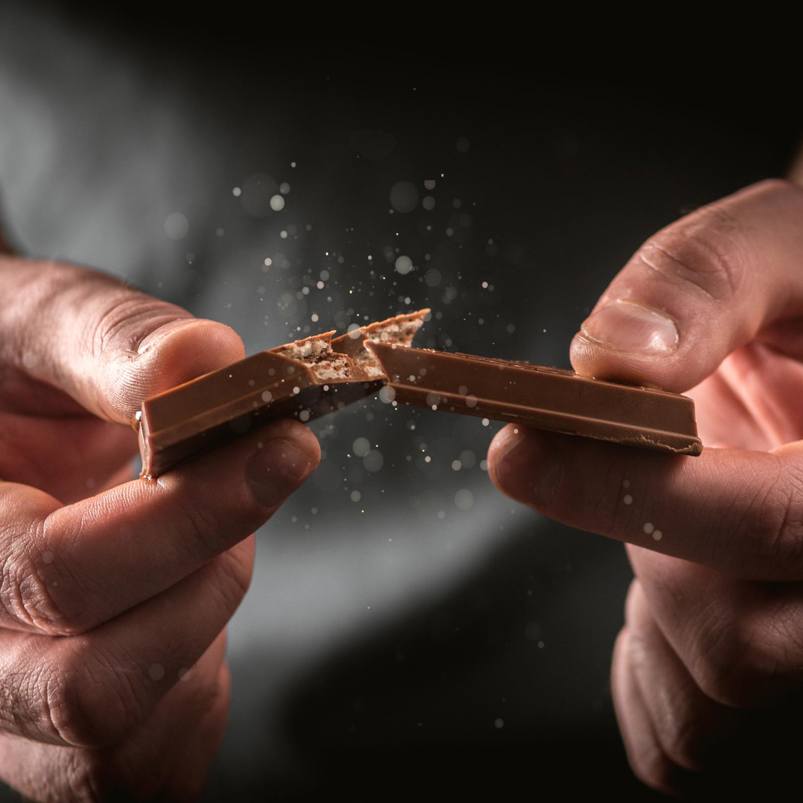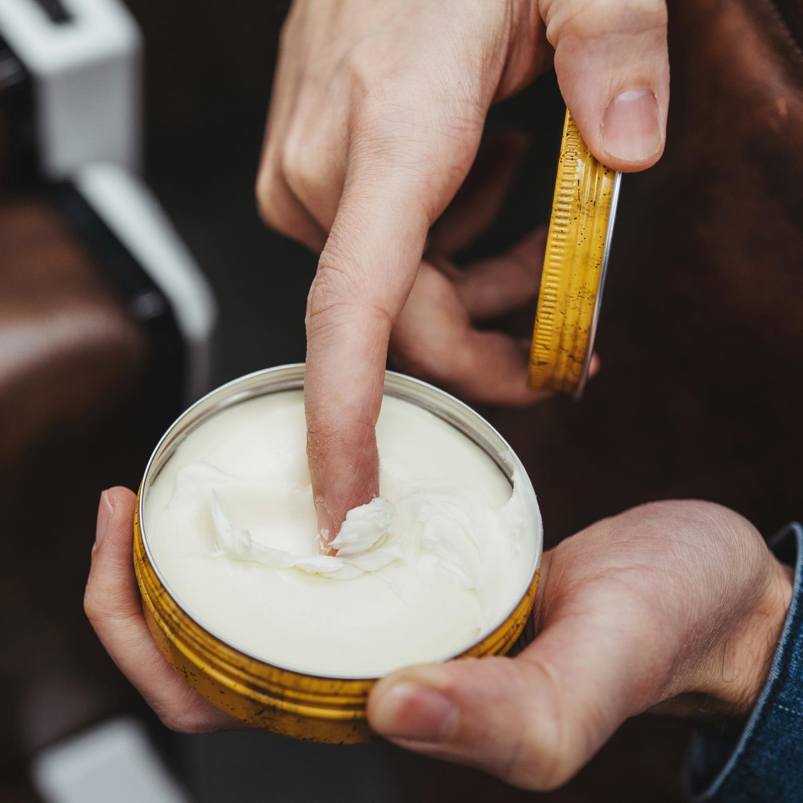Why measure texture?
Texture analysis is the mechanical testing of food, cosmetics, pharmaceuticals, adhesives and other consumer products in order to measure their physical properties.

Texture is more than “nice to have” – it’s a critical quality attribute
Texture influences how products are processed and handled, how long they stay stable during their shelf-life, and whether consumers accept or reject them. From the bite of a biscuit to the spread of a cream or the break strength of a tablet, texture is a key part of product performance and brand perception.
When texture is wrong, customers notice immediately. When it is right and consistent, they come back.






Texture analysis: a practical way to measure physical properties
Texture analysis is the mechanical testing of foods, cosmetics, pharmaceuticals, adhesives and other products to quantify their physical properties.
Using a Texture Analyser, we apply controlled forces to a sample - compressing, penetrating, cutting, stretching or bending it - and record the way the material responds. Force, distance and time are captured at high speed and displayed as a curve, from which we calculate parameters such as hardness, crispness, adhesiveness, firmness, gel strength, bend force, tack and many more.
Because the same method can be repeated again and again, texture analysis provides objective, repeatable data that can be compared across batches, formulations, suppliers and competitors.
Want a step-by-step introduction to how a Texture Analyser works? Take a look at: Texture analysis – a beginner’s guide and How a Texture Analyser works.
Why measuring texture matters throughout the product lifecycle
1. New product development and reformulation
- Optimise recipes for the ideal bite, spread, firmness or flow.
- Match the texture of a benchmark or “gold standard” product.
- Understand how changes such as sugar or fat reduction, gluten removal, protein enrichment or clean-label ingredient swaps affect texture, and correct for them.
2. Process development and scale-up
- Assess how process parameters (mixing, cooking, cooling, extrusion, proofing, drying) impact structure and texture.
- Establish process windows that deliver acceptable texture and reduce costly trial-and-error at full scale.
- Support manufacturing transfer between sites with objective texture specifications instead of purely sensory descriptions.
3. Quality control and consistency
- Monitor texture at key stages from raw materials, intermediate products, packaging and finished goods to ensure every batch meets specification.
- Detect drift in ingredient quality, processing conditions or storage conditions before consumers notice.
- Reduce waste, rework and customer complaints by catching issues early.
4. Shelf-life and stability
- Track how texture changes over time under different storage conditions e.g. staling of bread, softening of snacks, thickening or thinning of creams, gel syneresis, caking of powders.
- Use objective data to justify shelf-life claims and optimise packaging or formulation to slow undesirable changes.
5. Claims support and competitive benchmarking
Sensory analysis vs. instrumental texture analysis – why you need both
Human sensory panels are essential to understand how products feel, taste and sound in real use. But sensory testing can be:
- Time-consuming and resource-intensive
- Variable between panelists, days and locations
- Difficult to apply at high frequency in production environments
Instrumental texture analysis complements sensory work by:
- Providing objective measurements under controlled conditions
- Allowing much more frequent testing during production and storage
- Making it easier to screen multiple prototypes before sensory evaluation
Many of our customers use texture analysis data to predict sensory scores, reducing reliance on full panel tests for every change once the relationship is established.
Across industries: where texture measurement adds value
Food and beverages
- Control crispness, crunch, chewiness, spreadability, firmness and flow.
- Support reformulation (sugar, fat, salt, gluten, protein) without sacrificing mouthfeel.
- Benchmark products and support marketing claims.
Pharmaceutical and medical
- Measure tablet hardness, friability and disintegration.
- Assess gel strength, topical product spreadability and syringe forces.
- Test packaging such as blister packs, sachets and child-resistant closures.
Cosmetics and personal care
- Quantify the firmness, thickness and spreadability of creams, lotions and gels.
- Measure the combing forces, break strength or feel of hair and haircare products.
- Link instrumental results to sensory panels and consumer perception.
Materials, packaging and adhesives
- Characterise tensile strength, peel, tack, bond strength and flexibility.
- Test innovative materials, films, foams, electronics and packaging structures.
Turning “we can feel it” into “we can measure it”
We all instinctively feel when a product’s texture is right or wrong. Texture analysis lets you quantify those sensations, build them into specifications and control them day-to-day.
If you can’t measure it, you can’t control it – and if you can’t control it, you can’t guarantee quality.
Why should manufacturers measure texture?
Measuring texture turns a subjective impression (“this feels too soft”) into objective data (“this batch has 20% lower firmness than target”). That data helps you design better products, keep quality consistent, support claims, reduce waste and understand how formulation and process changes affect the way products behave.
What are the main business benefits of texture analysis?
Texture analysis supports the whole product lifecycle. It helps you speed up development, optimise recipes and processes, reduce reformulation risk, maintain consistent quality, extend or justify shelf-life, benchmark against competitors and provide evidence for marketing and technical claims. All of this protects brand reputation and can reduce cost.
Which departments typically use texture data?
Texture data is used by R&D and NPD teams to design and refine products, process engineers to optimise and scale up manufacturing, QA/QC teams to check incoming materials and finished products, and regulatory and marketing teams to substantiate texture-related claims and specifications.
How does measuring texture help with reformulation projects?
Reformulation projects, e.g. reducing sugar, fat or salt, or moving to alternative proteins or clean-label ingredients, nearly always affect texture. Texture analysis lets you track those changes objectively, compare prototypes with a current “gold standard” and adjust formulation or process until the new product matches or improves on the original.
Can texture analysis support on-pack claims?
Yes. Once you’ve established appropriate test methods and baseline measurements, you can use texture analysis to support claims such as “crunchier than our previous recipe”, “extra creamy”, “easier to spread” or “less sticky”. Objective data from a Texture Analyser provides evidence to back up these statements.
How do I start measuring texture in my company?
A practical first step is to identify a few key products where texture is critical and define the attributes that matter most. Working with a Texture Analyser supplier such as Stable Micro Systems, you can then select suitable probes and attachments, adopt proven test methods from your industry, and build internal expertise through training and support.
